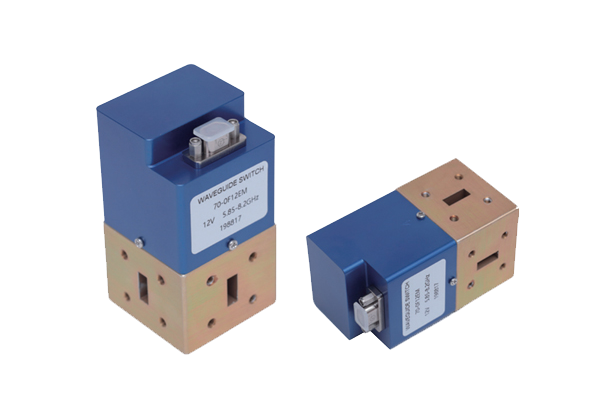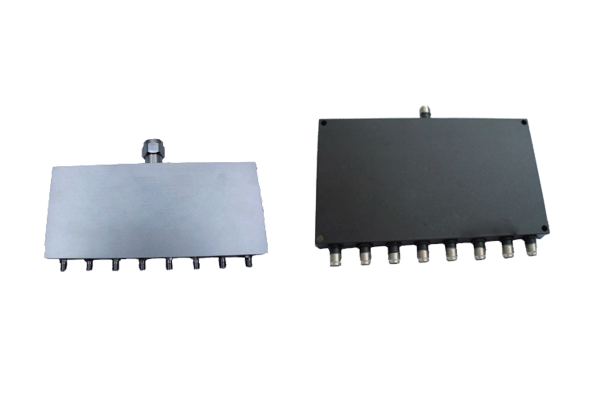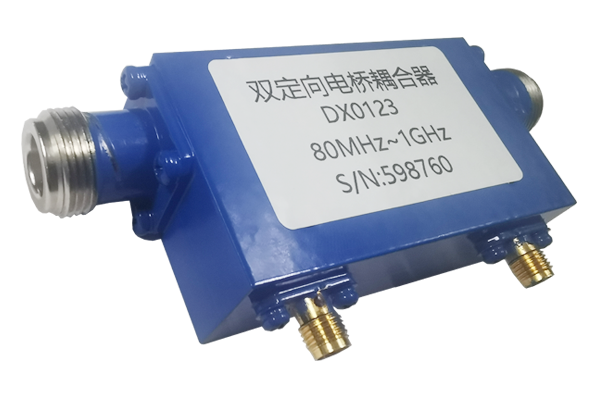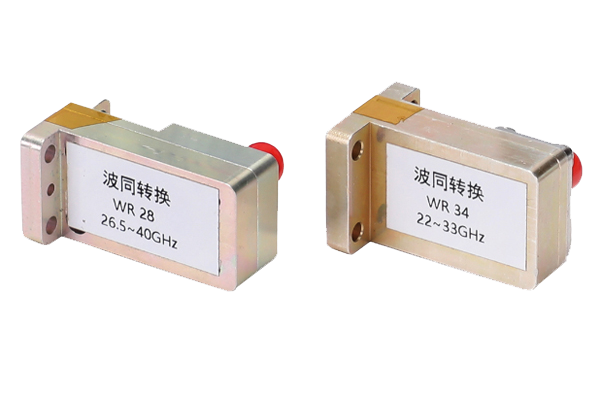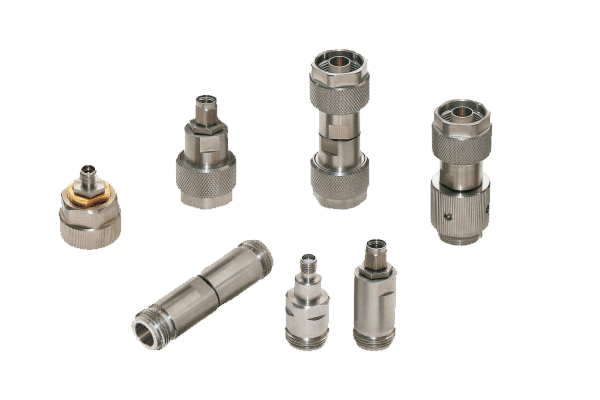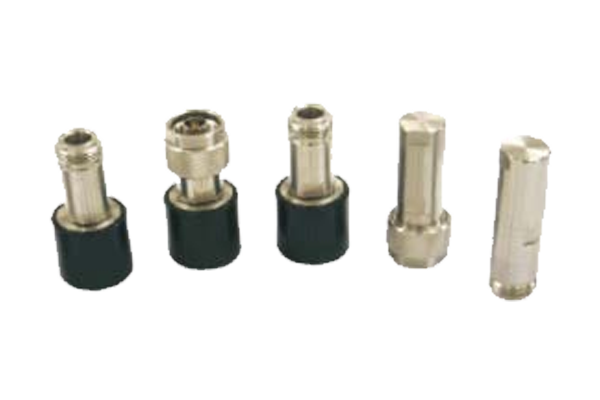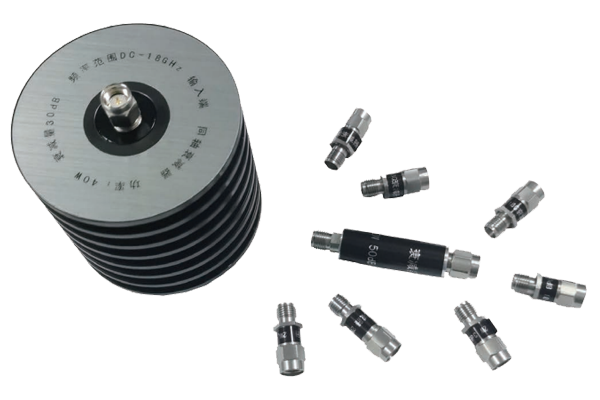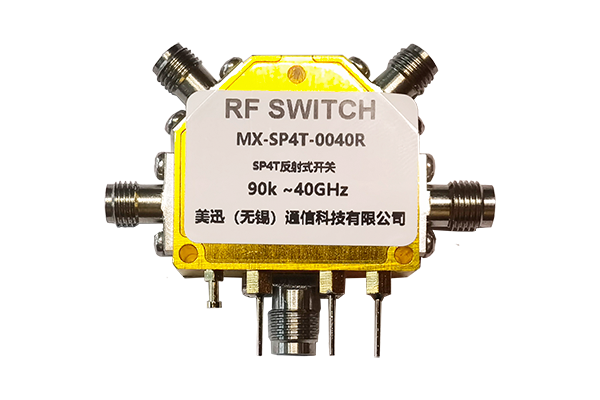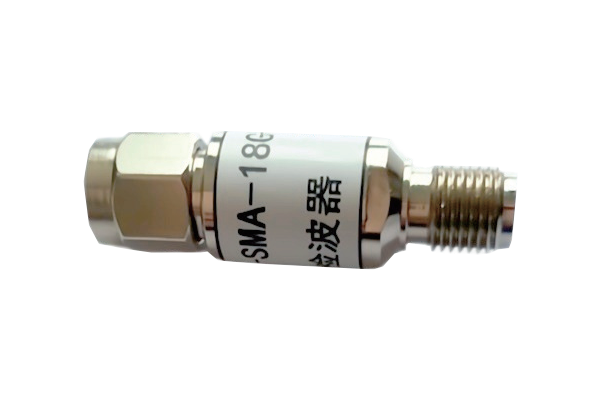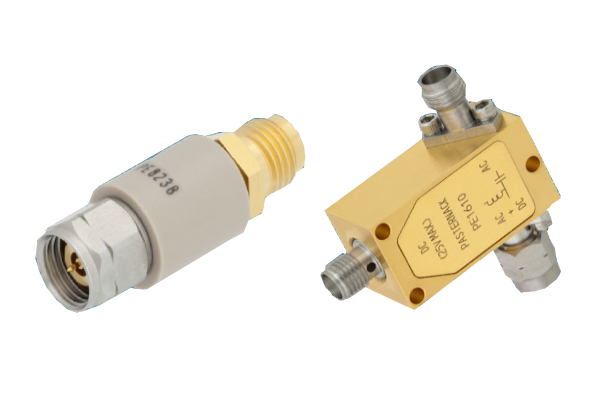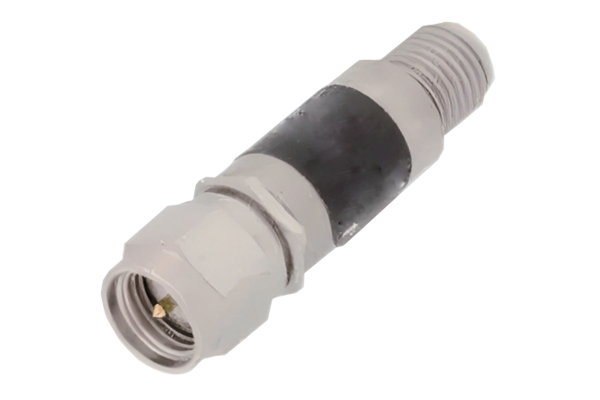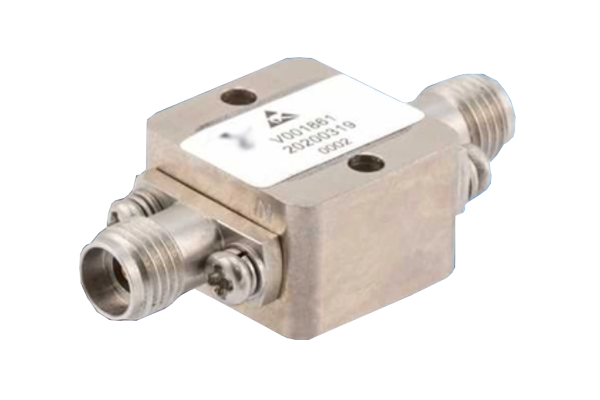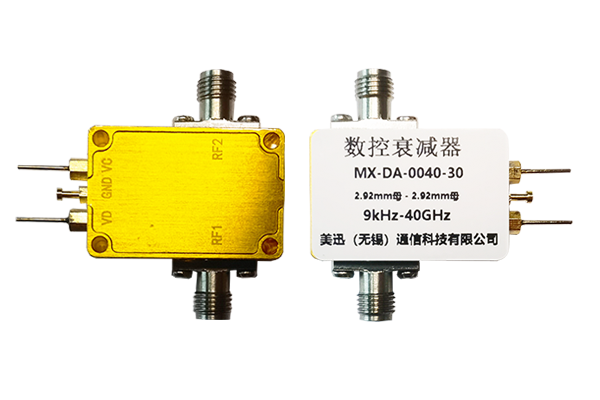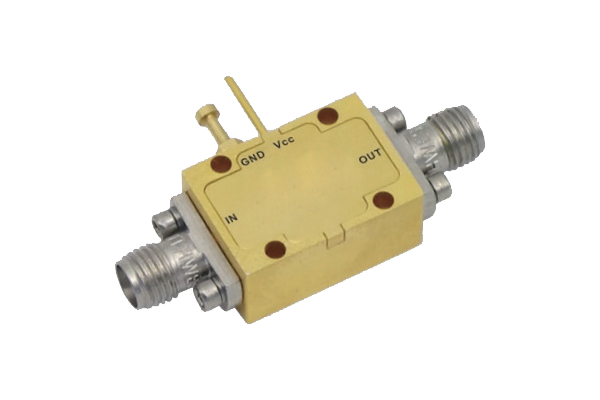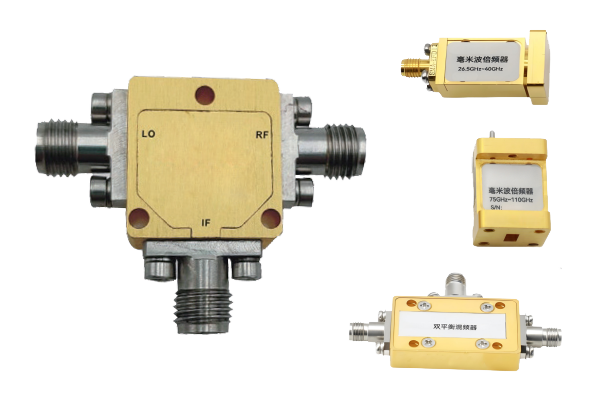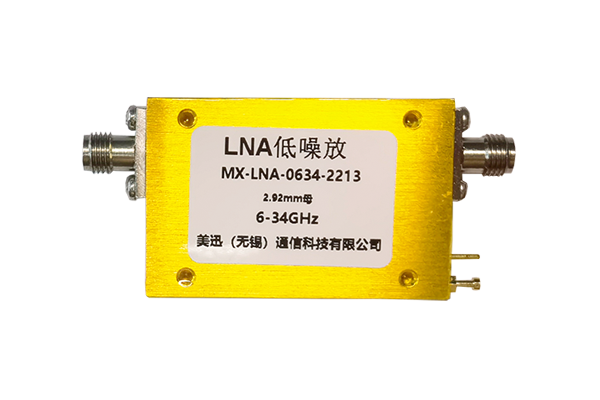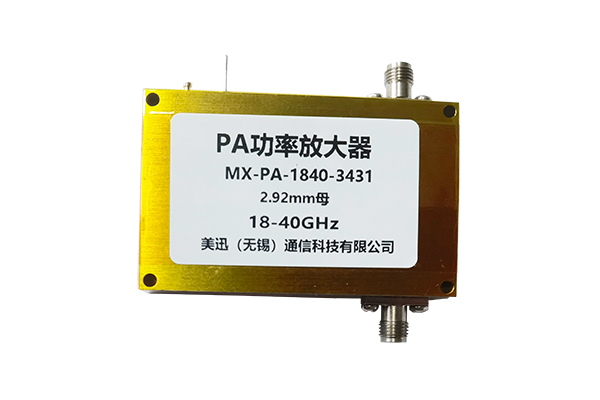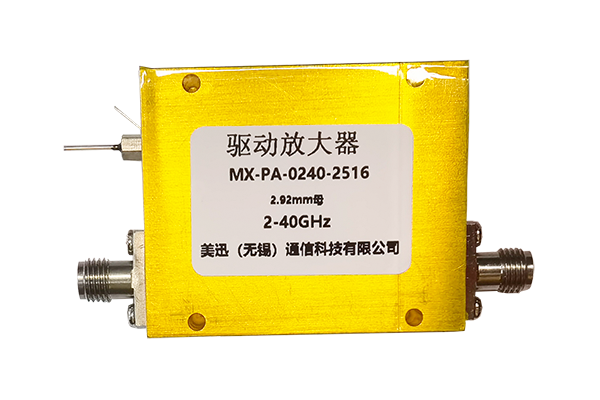What precautions are needed for waveguide switch maintenance
Waveguide Switch Maintenance Guide
To ensure reliable performance and extend the service life of waveguide switches, adhering to proper maintenance precautions is essential. These measures address potential risks to mechanical components, electrical systems, and signal integrity.
- Always disconnect the switch from power sources and discharge any stored electrical energy
- Avoid working on the switch while it is in operation
- Wear appropriate protective gear to shield against sharp edges
- Be cautious of heat generated by active components
- Use soft, lint-free materials to wipe waveguide inner surfaces
- Use mild, non-corrosive cleaning agents compatible with switch materials
- Avoid harsh solvents that may degrade insulation or metal surfaces
- Ensure all cleaned parts are fully dry before reassembling
- Check movable parts for excessive friction, misalignment, or physical damage
- Examine sealing elements for cracks, hardening, or leakage
- Tighten loose flange connections gently to maintain proper alignment
- Avoid over-tightening which can warp flange surfaces
- Inspect wiring and connectors for oxidation, fraying, or loose contacts
- Avoid pulling or twisting wires during inspection
- Listen for unusual noises during operation indicating worn components
- Address insufficient lubrication issues promptly
- Consult manufacturer's guidelines for complex internal components
- Seek assistance from qualified technicians if unfamiliar with design
- Avoid improper handling of sensitive parts like waveguide filters
- Maintain detailed records of maintenance activities
Maintenance Best Practices
By following these maintenance precautions—prioritizing safety, proper cleaning techniques, regular mechanical inspection, careful handling of electrical components, and avoiding unauthorized modifications—you can prevent unexpected failures and preserve optimal functionality of waveguide switches throughout their service life.




